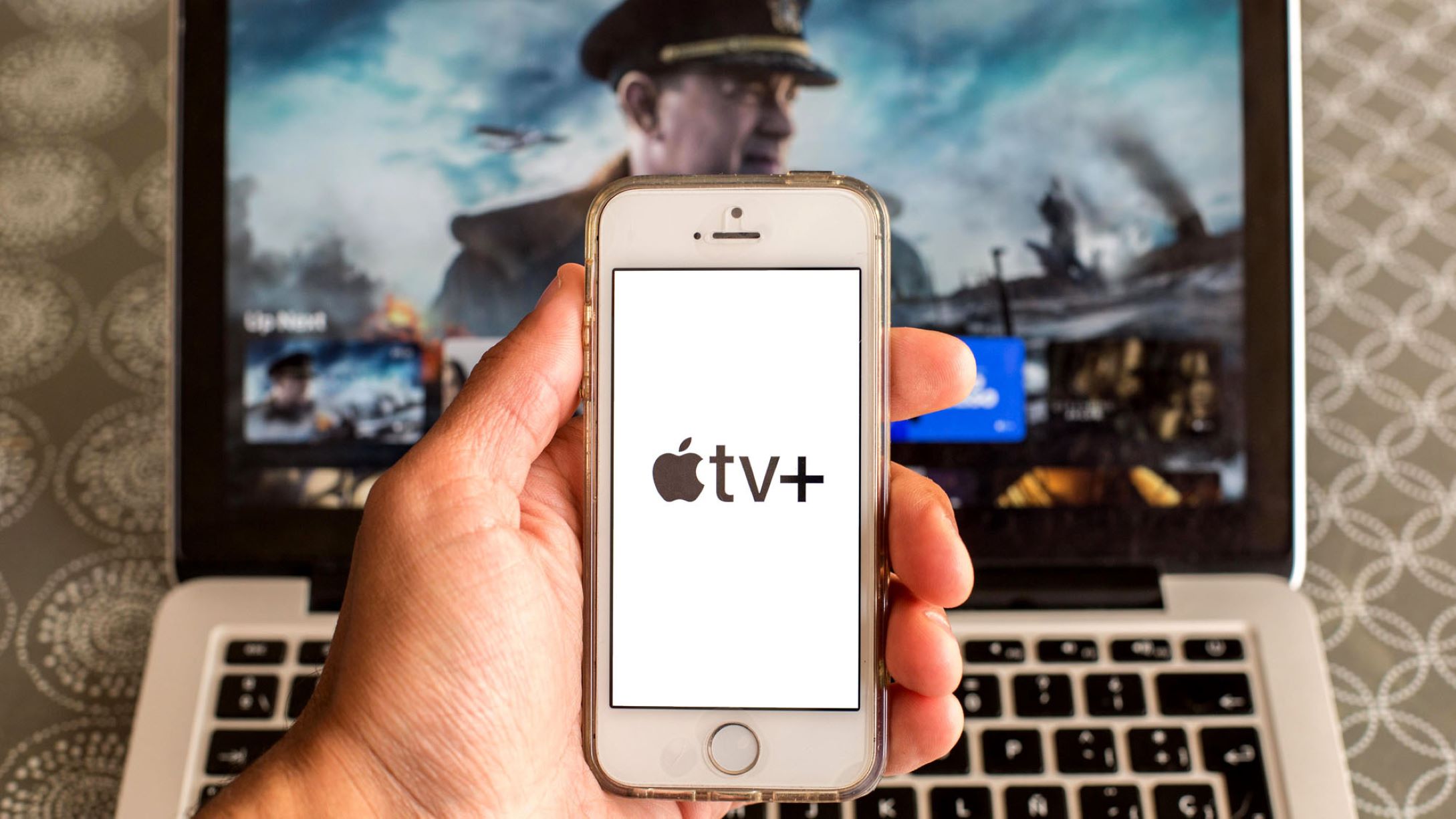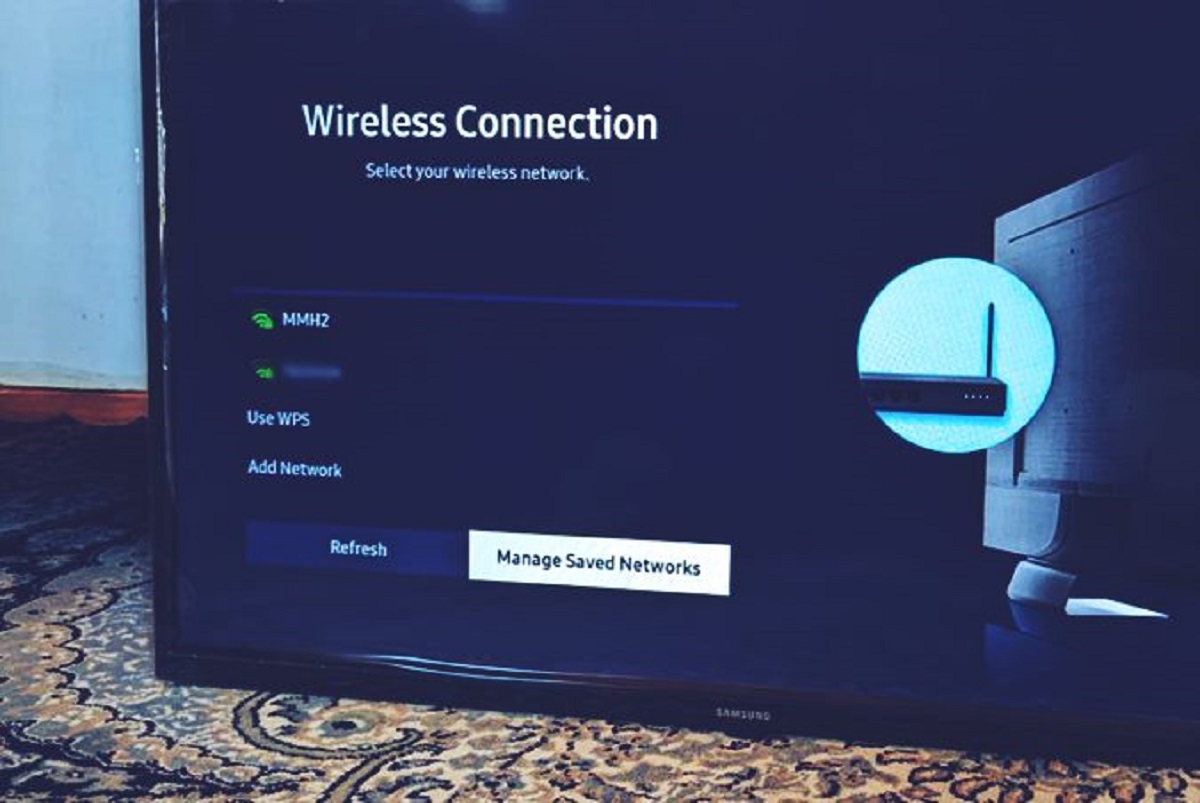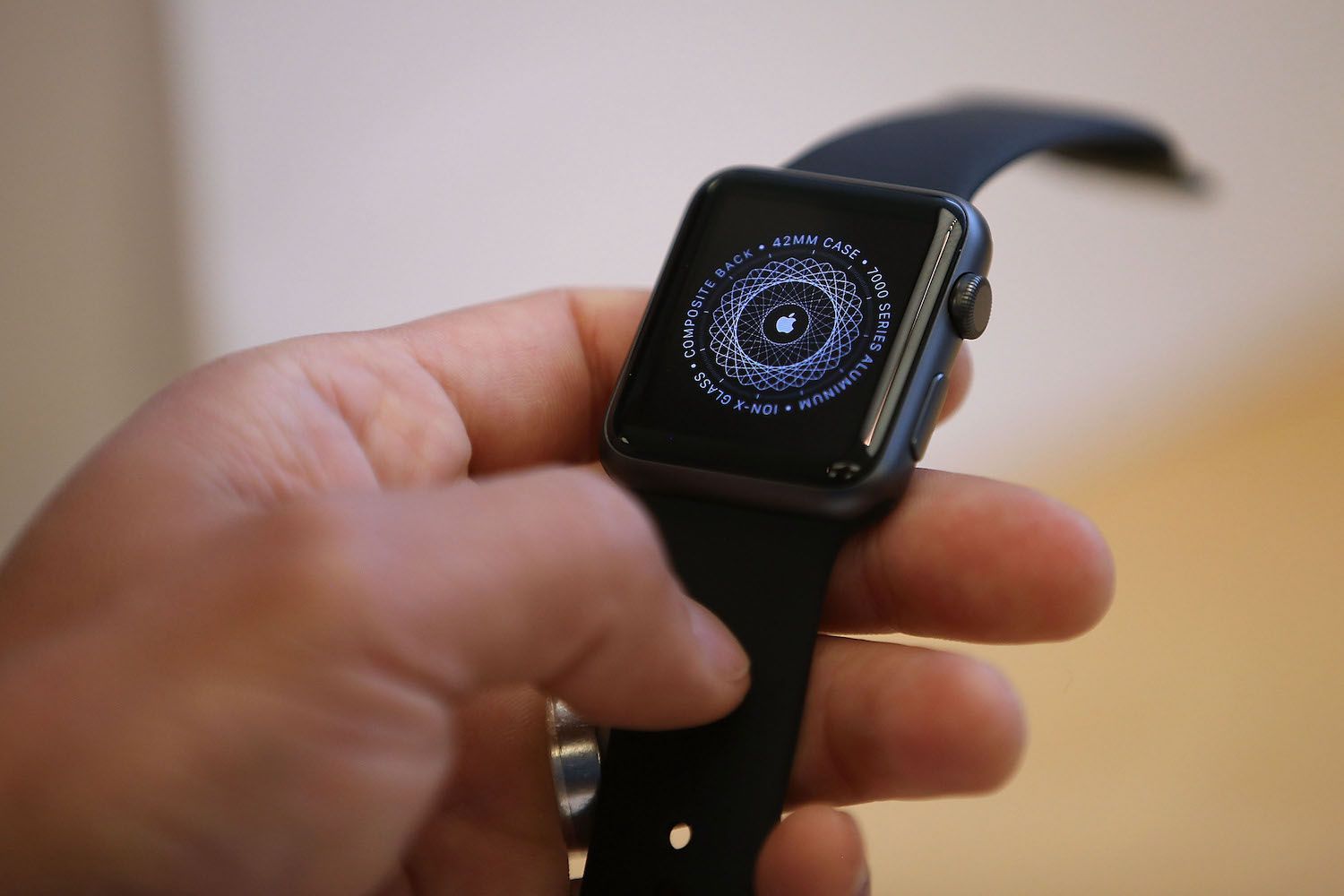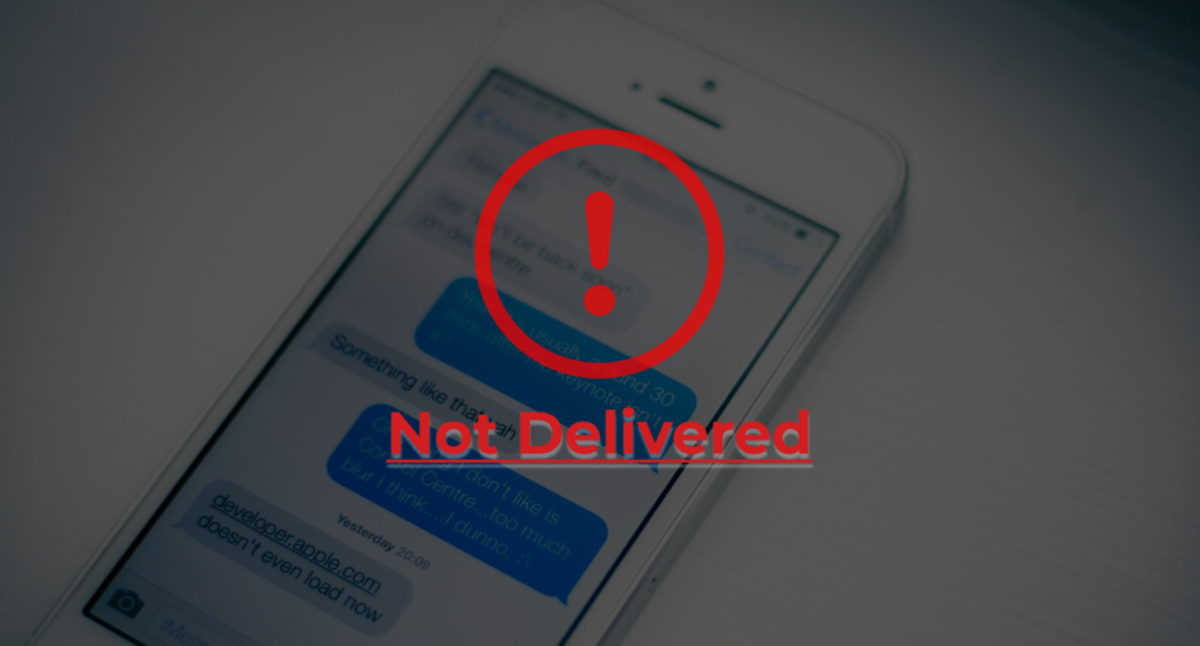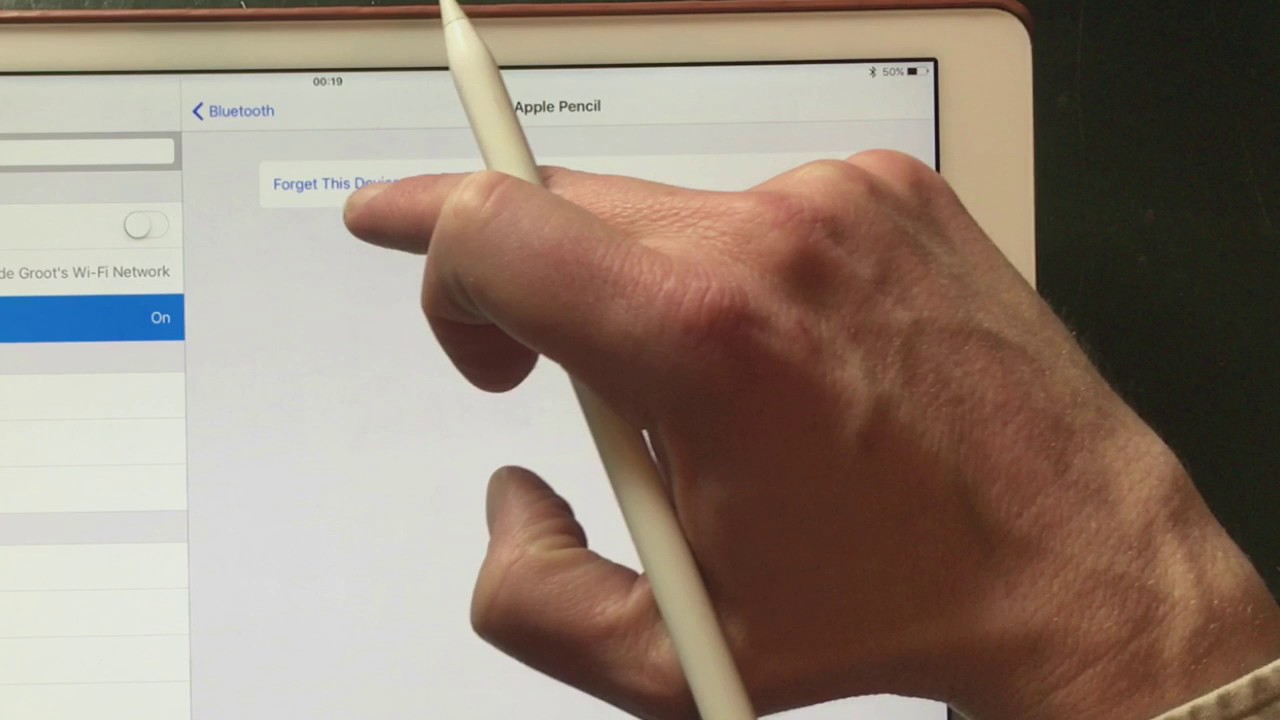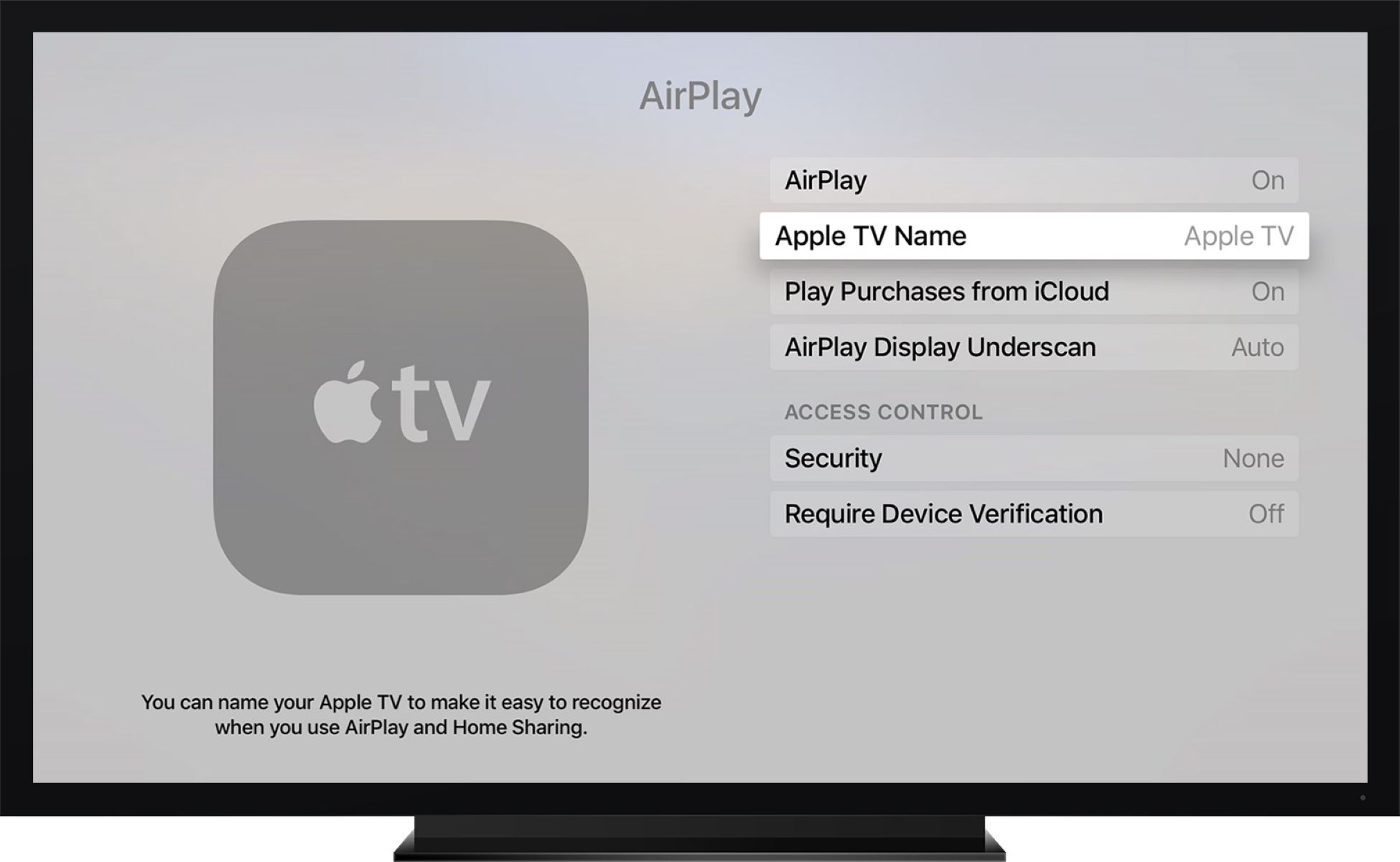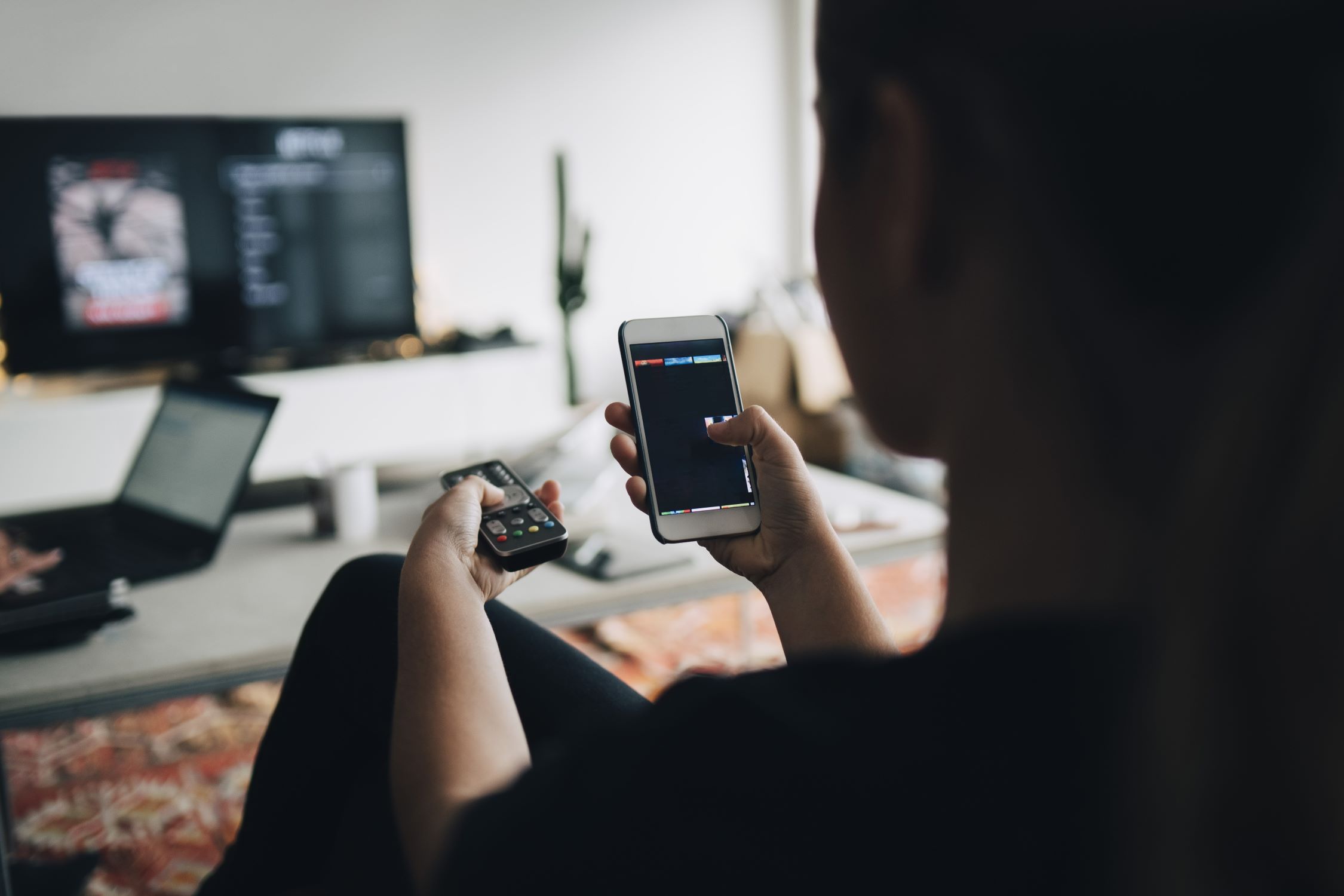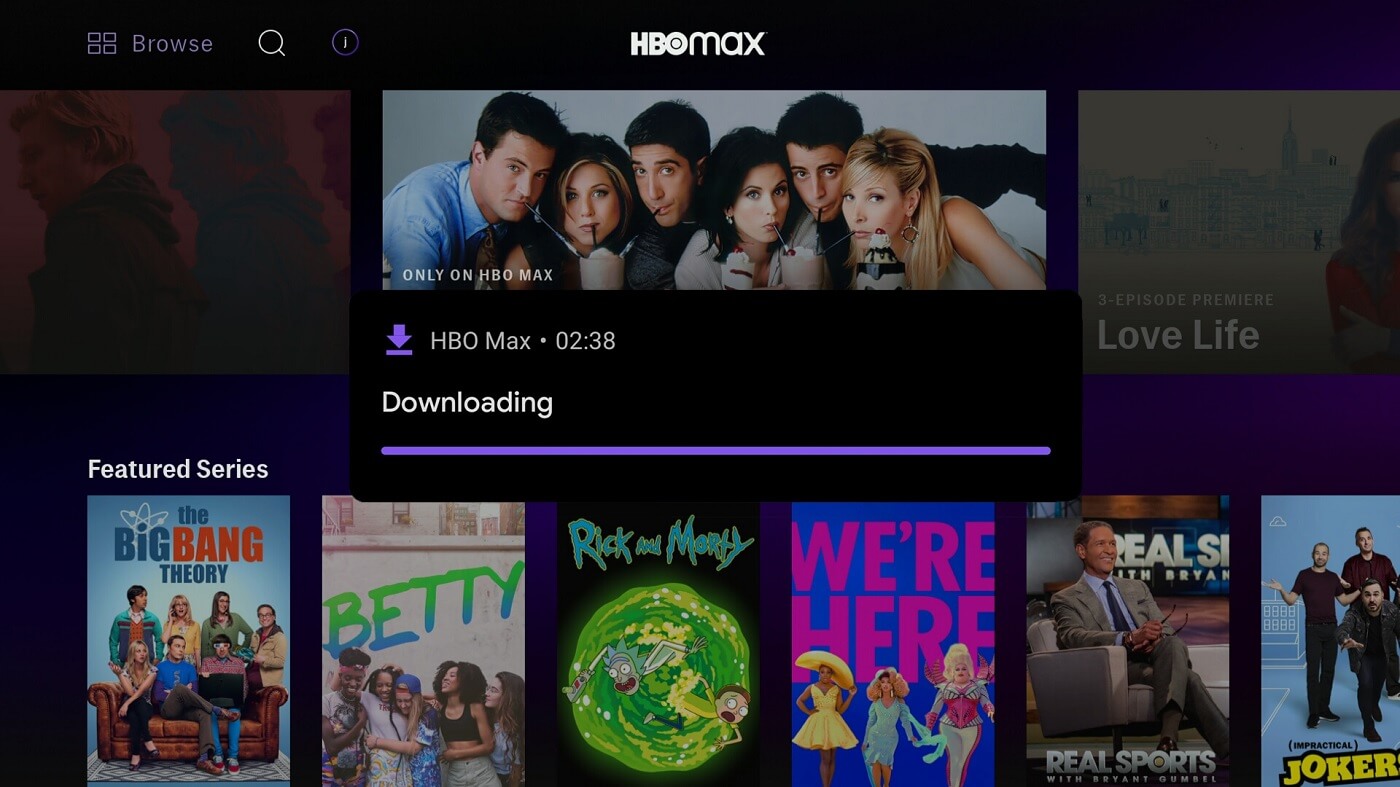Common Issues with Connecting Phone to Apple TV
Connecting your phone to your Apple TV can sometimes be a bit tricky, and you may encounter a few common issues along the way. Understanding these issues and troubleshooting them can help you successfully connect your phone to Apple TV and enjoy seamless streaming of your favorite content. Here are some of the most common issues you may encounter:
- No AirPlay Option: One common issue is not finding the AirPlay option on your phone. This could be due to several reasons, such as outdated software on either your phone or Apple TV, network connectivity issues, or incorrect settings.
- Connection Drops: Another common issue is when the connection between your phone and Apple TV keeps dropping. This can be frustrating, especially when you’re in the middle of streaming a movie or playing a game. It could be caused by weak Wi-Fi signal, interference from other devices, or outdated software.
- Compatibility Issues: Sometimes, your phone and Apple TV may not be compatible with each other, resulting in connection issues. It’s important to check the compatibility requirements and ensure that both devices meet the necessary criteria, such as running compatible software versions.
- Wi-Fi Network Problems: If your phone and Apple TV are not connected to the same Wi-Fi network, you won’t be able to establish a connection between the two devices. This can happen if you have multiple Wi-Fi networks or if one of the devices is connected to a different network.
- Bluetooth Interference: Bluetooth can sometimes interfere with the AirPlay connection between your phone and Apple TV. Disabling Bluetooth on your phone can help resolve this issue.
- Outdated Software Versions: Using outdated software on either your phone or Apple TV can lead to compatibility issues and hinder the connection. It’s crucial to keep both devices updated with the latest software versions to ensure smooth connectivity.
These are just a few of the common issues you may encounter when trying to connect your phone to Apple TV. Luckily, with some troubleshooting steps and a little patience, these issues can usually be resolved, allowing you to enjoy your favorite content seamlessly.
Troubleshooting Steps to Connect Phone to Apple TV
If you’re experiencing connection issues between your phone and Apple TV, there are several troubleshooting steps you can take to resolve the problem. Follow these steps to ensure a successful connection:
- Check Compatibility: Ensure that your phone and Apple TV are compatible with each other. Check the device specifications and software requirements to confirm compatibility.
- Confirm Same Wi-Fi Network: Make sure that both your phone and Apple TV are connected to the same Wi-Fi network. If not, connect them to the same network before attempting to establish a connection.
- Disable Bluetooth: Turn off Bluetooth on your phone as it can interfere with the AirPlay connection. This will ensure a stable and uninterrupted connection between your phone and Apple TV.
- Restart Phone and Apple TV: Sometimes, a simple restart is all it takes to fix connection issues. Restart both your phone and Apple TV, and then try to connect them again.
- Update Software: Check for any available software updates on both your phone and Apple TV. Upgrading to the latest software versions can often resolve compatibility issues and improve connectivity.
- Reset Network Settings: If you’re still encountering connection problems, try resetting the network settings on your phone. This will clear any saved Wi-Fi networks and their configurations. Remember to reconnect to your Wi-Fi network afterward.
- Reset Apple TV: If resetting the network settings doesn’t work, you can also try resetting your Apple TV to its factory settings. This should be done as a last resort, as it will erase all settings and data on your Apple TV.
- Ensure AirPlay is Enabled: Check that AirPlay is enabled on your Apple TV. To do this, go to the Settings app on your Apple TV, select AirPlay, and make sure it’s turned on.
- Use AirPlay Password: If you have enabled an AirPlay password on your Apple TV, make sure to enter the correct password on your phone when prompted. This will ensure a secure and authorized connection.
- Disable VPN or Proxy: If you’re using a VPN or proxy server on your phone, it may interfere with the AirPlay connection. Temporarily disable them and try connecting your phone to Apple TV again.
- Check for Interference: Nearby devices or appliances, such as cordless phones or microwave ovens, can cause interference with your Wi-Fi signal. Move your Apple TV or router away from such devices to minimize interference.
By following these troubleshooting steps, you can overcome common connection issues and successfully connect your phone to Apple TV. If you’re still experiencing problems, consider seeking further assistance from Apple Support.
Check Compatibility between Phone and Apple TV
Before attempting to connect your phone to Apple TV, it’s important to ensure that both devices are compatible with each other. Compatibility issues can prevent a successful connection and hinder your streaming experience. Here are some factors to consider when checking compatibility:
- Device Models: Confirm that your phone and Apple TV models are compatible. Check the Apple website or product documentation to verify compatibility between your specific phone model and the Apple TV model you own.
- Software Versions: Check the software versions on both your phone and Apple TV. Outdated software can lead to compatibility issues and prevent a seamless connection. Make sure to update both devices to the latest software versions available.
- iOS Compatibility: Ensure that your phone is running a compatible iOS version. Some features specific to connecting to Apple TV may require a specific iOS version or newer. Check the device specifications and Apple’s official documentation for compatibility details.
- tvOS Compatibility: Similarly, check the compatibility of the tvOS version on your Apple TV. Newer features and functionalities may require a specific tvOS version or higher. Ensure that your Apple TV is running a compatible tvOS version.
- Hardware Requirements: Some advanced features, such as streaming in 4K resolution or HDR content, may have specific hardware requirements. Verify that your phone and Apple TV meet the necessary hardware requirements for the features you wish to utilize.
- AirPlay Support: Check whether your phone supports AirPlay, which is required to establish a connection with Apple TV. Most recent iPhone and iPad models support AirPlay, but it’s always a good idea to verify before attempting to connect.
By confirming compatibility between your phone and Apple TV, you can save time troubleshooting issues that may arise from mismatched models, outdated software, or incompatible features. It’s essential to keep both devices updated with the latest software versions to ensure the best compatibility and a smooth connection.
Ensure Both Devices are Connected to the Same Wi-Fi Network
One of the key requirements for successfully connecting your phone to Apple TV is that both devices must be connected to the same Wi-Fi network. If they are on different networks, they won’t be able to communicate and establish a connection. Here’s how to ensure both devices are connected to the same network:
1. Check Wi-Fi Settings: Open the settings on your phone and go to the Wi-Fi section. Make sure you are connected to the correct Wi-Fi network that your Apple TV is also connected to. If they are on different networks, select the appropriate network on your phone.
2. Verify Apple TV Network: On your Apple TV, navigate to the network settings and confirm that it is connected to the same Wi-Fi network as your phone. If it is connected to a different network, select the correct one from the available options.
3. Restart Wi-Fi Router: Sometimes, a restart of your Wi-Fi router can help resolve any network connectivity issues. Power off your router, wait a few seconds, and then power it back on. Allow it to fully restart, and then reconnect your phone and Apple TV to the network.
4. Check Network Range Extenders: If you have network range extenders or multiple access points in your home, ensure that your phone and Apple TV are connected to the same extender or access point. If they are connected to different ones, move both devices to the same network range extender or access point.
5. Reconnect](Phone and Apple TV: If the devices are already connected to the same Wi-Fi network, but you’re still experiencing connection issues, try disconnecting and reconnecting them to the network. Sometimes, this can help establish a stronger and more stable connection.
By ensuring that both your phone and Apple TV are connected to the same Wi-Fi network, you eliminate one of the common causes of connectivity issues. This step is vital in establishing a successful connection between the two devices and allowing for smooth streaming and interaction.
Turn off Bluetooth on Phone
When connecting your phone to Apple TV, it’s essential to turn off Bluetooth on your phone. Bluetooth can interfere with the AirPlay connection and cause connectivity issues. Follow these steps to disable Bluetooth on your phone:
1. Open Settings: Open the settings app on your phone. The exact location of the settings app may vary depending on your phone’s operating system.
2. Find Bluetooth: In the settings menu, look for the Bluetooth option. It is usually represented by a Bluetooth symbol or the word “Bluetooth.”
3. Toggle Off: Once you’ve located the Bluetooth option, tap on it to access the Bluetooth settings. Then, toggle the Bluetooth switch to the “off” position. This will disable Bluetooth on your phone.
4. Verify Bluetooth Off: To confirm that Bluetooth is indeed turned off, look for the Bluetooth symbol in the status bar at the top of your phone’s screen. When Bluetooth is disabled, the Bluetooth symbol will not be displayed.
5. Restart Apple TV: After turning off Bluetooth on your phone, it’s a good idea to restart your Apple TV. This can help establish a fresh connection and ensure that Bluetooth interference is fully eliminated.
Disabling Bluetooth on your phone is crucial because Bluetooth signals operate on the same frequency range as Wi-Fi signals, which can lead to interference. By turning off Bluetooth, you provide a clear path for the AirPlay connection between your phone and Apple TV, resulting in a more stable and reliable connection.
Restart Phone and Apple TV
If you’re experiencing connectivity issues between your phone and Apple TV, one of the simplest and most effective troubleshooting steps you can take is to restart both devices. Restarting can help resolve temporary glitches or conflicts that may be hindering the connection. Here’s how to restart your phone and Apple TV:
Restarting Your Phone:
1. iPhone: For iPhone models with a physical home button, press and hold the power button until the “slide to power off” option appears. Drag the slider to turn off your iPhone. Once it is powered off, press and hold the power button again until the Apple logo appears, indicating that your iPhone is restarting.
2. Android: The process may vary slightly depending on your Android phone model, but generally, you can restart your Android phone by pressing and holding the power button until the power menu appears. Select the “Restart” or “Reboot” option, and your phone will restart.
Restarting Your Apple TV:
1. Using the Remote: Press and hold the “Home” button on your Apple TV remote until the control center menu appears. From the menu, select “Settings,” then go to “System,” and choose “Restart.” Your Apple TV will restart and be ready for connection.
2. Using the Apple TV Interface: If your Apple TV is unresponsive and you cannot access the control center menu, you can restart it manually. Simply unplug the power cord from the back of the Apple TV, wait for about 10 seconds, and then plug it back in. Wait for the Apple TV to start up before attempting to connect it to your phone.
By restarting both your phone and Apple TV, you allow them to clear any temporary issues and start fresh. This can often resolve minor glitches, software conflicts, or memory issues that may be causing connectivity problems. Once both devices have restarted, attempt to connect your phone to Apple TV again and check if the connection is successful.
Update Phone and Apple TV to the Latest Software Version
Keeping your phone and Apple TV software up to date is crucial for ensuring compatibility and optimal performance. Outdated software versions can sometimes cause connectivity issues between your phone and Apple TV. To avoid potential problems, follow these steps to update both devices to the latest software version:
Updating Your Phone:
1. iPhone: Go to the “Settings” app on your iPhone, then tap on “General.” From there, select “Software Update.” If a new update is available, tap on “Download and Install.” Follow the on-screen instructions to complete the update process. Make sure your iPhone is connected to Wi-Fi and has sufficient battery power before starting the update.
2. Android: The steps for updating an Android phone vary depending on the manufacturer and model. Generally, you can check for software updates by going to the “Settings” app, then selecting “System” or “Software Update.” If an update is available, follow the prompts to start the download and installation process.
Updating Your Apple TV:
1. Using the Remote: On your Apple TV, navigate to the “Settings” app and select “System.” From there, choose “Software Updates” and select “Update Software.” If an update is available, follow the on-screen instructions to download and install it. Make sure your Apple TV is connected to Wi-Fi and has sufficient power.
2. Using iTunes: If you prefer updating your Apple TV using a computer, connect your Apple TV to your computer using a USB-C cable. Launch iTunes and select your Apple TV from the devices menu. In the “Summary” tab, click on “Check for Updates.” If an update is available, click on “Download and Update” to start the update process.
Updating both your phone and Apple TV to the latest software versions ensures that you have the most up-to-date features, bug fixes, and security enhancements. These updates often include improvements to the AirPlay functionality, stability, and compatibility with other devices. By keeping your software up to date, you increase the chances of establishing a successful and smooth connection between your phone and Apple TV.
Reset Network Settings on Phone
If you’re having persistent connection issues between your phone and Apple TV, resetting the network settings on your phone can help troubleshoot and resolve the problem. Resetting the network settings will clear any saved Wi-Fi networks, Bluetooth connections, and VPN settings on your phone. Here’s how to reset the network settings on different phone operating systems:
iOS:
1. Open Settings: On your iPhone, open the “Settings” app. It can usually be found on the home screen.
2. Select General: Scroll through the settings options and select “General.”
3. Find Reset: In the General settings menu, locate and tap on “Reset.”
4. Reset Network Settings: Look for the option labeled “Reset Network Settings” and tap on it.
5. Enter Passcode: You may be prompted to enter your device passcode to confirm the network settings reset.
6. Confirm Reset: After entering your passcode, a warning message will appear informing you that resetting network settings will remove all saved Wi-Fi passwords and other network configurations. Confirm the reset by selecting “Reset Network Settings.”
Android:
1. Open Settings: Access the “Settings” app on your Android phone. The location may vary depending on the phone’s manufacturer and operating system version.
2. Find System or System & Updates: Scroll through the settings options and look for “System” or “System & Updates.”
3. Select Reset Options: In the System settings menu, locate and tap on “Reset Options.”
4. Reset Network Settings: Look for the option titled “Reset Wi-Fi, Mobile & Bluetooth.” Select it to reset the network settings on your Android phone.
5. Confirm Reset: You may be prompted to confirm the reset by tapping “Reset Settings” or entering your device passcode.
After resetting the network settings on your phone, you will need to reconnect to your Wi-Fi network and re-enter any necessary passwords. This process can help resolve network configuration issues and eliminate any settings that may be causing connectivity problems between your phone and Apple TV.
Reset Apple TV
If you’re still encountering persistent connectivity issues between your phone and Apple TV, performing a reset on your Apple TV can help resolve the problem. Resetting your Apple TV will restore it to its factory settings, eliminating any software glitches or configuration issues that may be affecting the connection. Here’s how to reset your Apple TV:
Using the Remote:
- Press the Home Button: On your Apple TV remote, press and hold the “Home” button.
- Open Settings: While holding the Home button, navigate to the “Settings” app on your Apple TV.
- Select System: In the Settings menu, select “System.”
- Choose Reset: Within the System settings, choose the “Reset” option.
- Select Reset All Settings: Select the “Reset All Settings” option to initiate the reset process.
- Confirm Reset: A confirmation dialog will appear, warning you that all settings and data will be erased. Confirm the reset by selecting “Confirm” or “Reset.”
Using iTunes:
- Connect to iTunes: Using a USB-C cable, connect your Apple TV to your computer with iTunes installed.
- Access Apple TV Summary: In iTunes, select your Apple TV from the device menu, then click on the “Summary” tab.
- Restore Apple TV: Under the “Summary” tab, click on the “Restore Apple TV” button.
- Confirm Reset: A confirmation dialog will appear, informing you that restoring your Apple TV will erase all settings and data. Confirm the reset process by selecting “Restore and Update.”
- Follow On-Screen Instructions: Follow the on-screen instructions in iTunes to complete the reset process. iTunes will download the necessary software and restore your Apple TV to factory settings.
After resetting your Apple TV, you will need to set it up again, including connecting it to your Wi-Fi network and signing in with your Apple ID. This fresh start can often resolve stubborn connectivity issues, allowing for a more stable and successful connection between your phone and Apple TV.
Verify AirPlay is Enabled on Apple TV
One of the essential requirements for connecting your phone to Apple TV is ensuring that AirPlay is enabled on your Apple TV. AirPlay allows you to wirelessly stream audio, video, and mirror your device’s screen to your Apple TV. If AirPlay is not enabled on your Apple TV, you won’t be able to establish a successful connection with your phone. Here’s how to verify and enable AirPlay on your Apple TV:
- Enable Apple TV: Make sure your Apple TV is powered on and connected to your TV or display.
- Access Settings: Using your Apple TV remote, navigate to the “Settings” app on your Apple TV’s home screen.
- Select AirPlay: In the Settings menu, locate and select “AirPlay.”
- Enable AirPlay: Within the AirPlay settings, toggle the AirPlay switch to the “On” position. This will enable AirPlay on your Apple TV.
- Adjust AirPlay Settings: Depending on your preferences, you may also want to adjust additional AirPlay settings, such as requiring a password for AirPlay connections or allowing AirPlay from anyone on the same network.
Once you have verified and enabled AirPlay on your Apple TV, you can proceed with connecting your phone. AirPlay allows you to stream content, such as videos, photos, and music, directly from your phone to your Apple TV, giving you a seamless and immersive media experience on the big screen.
Keep in mind that different Apple TV models and software versions may have slight variations in the location and naming of AirPlay settings. If you encounter any difficulties, refer to the official Apple support documentation or reach out to Apple support for further assistance.
Use AirPlay Password for Apple TV
To enhance the security of your AirPlay connection and prevent unauthorized access, you can enable an AirPlay password on your Apple TV. By using an AirPlay password, you ensure that only devices with the correct password can connect to your Apple TV. Here’s how to set up and use an AirPlay password for your Apple TV:
- Access Settings: Using your Apple TV remote, navigate to the “Settings” app on your Apple TV’s home screen.
- Select AirPlay: In the Settings menu, locate and select “AirPlay.”
- Enable AirPlay Password: Within the AirPlay settings, find the option for “AirPlay Password” or “Require Password.” Toggle the switch to the “On” position.
- Set Password: After enabling the AirPlay password, you will be prompted to set a password. Choose a secure password that is easy for you to remember but difficult for others to guess. Enter the password using the on-screen keyboard or your Apple TV remote.
- Enter Password on Device: When you attempt to connect your phone to the Apple TV via AirPlay, a prompt will appear on the screen asking for the AirPlay password. Enter the password you set on the Apple TV using the on-screen keyboard or the AirPlay settings on your phone.
By utilizing an AirPlay password, you add an extra layer of security to your Apple TV and ensure that only authorized devices can connect and stream content. This is particularly useful when multiple devices are connected to the same Wi-Fi network, as it prevents others from unintentionally or maliciously connecting to your Apple TV.
Remember to keep your AirPlay password private and avoid sharing it with unauthorized individuals. If you suspect that someone has gained access to your AirPlay password without permission, you can change the password in the AirPlay settings on your Apple TV.
Enabling an AirPlay password is a simple but effective step to safeguard your AirPlay connection and maintain the privacy and security of your Apple TV and the content being shared from your phone.
Disable VPN or Proxy on Phone
If you’re having trouble connecting your phone to Apple TV, especially when using AirPlay, it’s important to check whether a Virtual Private Network (VPN) or proxy is enabled on your phone. VPNs and proxies can sometimes interfere with the AirPlay connection and cause connectivity issues. Here’s how to disable VPN or proxy on your phone:
Disabling VPN on iOS (iPhone):
- Open Settings: Launch the “Settings” app on your iPhone.
- Select VPN: In the Settings menu, look for the “VPN” option. It is usually located near the top of the menu.
- Disable VPN: Tap on the VPN option to access the VPN settings. Then toggle the switch to turn off VPN. This will disable the VPN connection on your iPhone.
Disabling VPN on Android:
- Open Settings: Open the “Settings” app on your Android device.
- Select Network & Internet: In the Settings menu, find and select “Network & Internet.”
- Tap VPN: Look for the “VPN” option in the Network & Internet settings. Tap on it to access the VPN settings.
- Disable VPN: Toggle the switch next to the VPN connection to turn it off. This will disable the VPN on your Android device.
Disabling Proxy on iOS and Android:
For both iOS and Android devices, disabling a proxy requires going to the Wi-Fi settings and modifying the network connection. Here’s how:
- Open Settings: Go to the “Settings” app on your phone.
- Select Wi-Fi: In the Settings menu, tap on the “Wi-Fi” option. This will display the available Wi-Fi networks.
- Find Connected Network: Locate the Wi-Fi network to which your phone is connected. Tap on the “i” icon or the network name to access the network settings.
- Modify Proxy Settings: Look for the “Configure Proxy” or “Proxy” option in the network settings. Set it to “Off” or “None” to disable the proxy for the selected network.
- Save Settings: After modifying the proxy settings, save the changes and exit the network settings.
Disabling VPN or proxy on your phone eliminates the possibility of these services interfering with your network connection and AirPlay functionality. However, keep in mind that disabling a VPN may impact your privacy and security when using public or untrusted networks. If you still encounter issues connecting your phone to Apple TV after disabling VPN or proxy, consider reaching out to Apple Support for further assistance.
Check for Interference from Nearby Devices
If you’re experiencing connectivity issues between your phone and Apple TV, it’s possible that nearby devices or appliances are causing interference with your Wi-Fi signal. Identifying and minimizing interference can help improve the stability and quality of your connection. Here’s how to check for interference from nearby devices:
- Identify Nearby Devices: Begin by identifying any devices or appliances in close proximity to your Apple TV and Wi-Fi router. Examples include cordless phones, baby monitors, microwave ovens, or wireless speakers.
- Move Devices Away: If any nearby devices or appliances are placed directly next to the Apple TV or Wi-Fi router, move them away to a different location. Position them as far away as possible to minimize potential interference.
- Change Wi-Fi Channel: Access your router’s configuration settings and try changing the Wi-Fi channel. Sometimes, certain channels can experience more interference than others. Experiment with different channels to find the one with the least interference.
- Consider Physical Obstructions: Physical obstructions like walls, furniture, or other electronic devices can weaken Wi-Fi signals. Try repositioning your Apple TV or Wi-Fi router to reduce the impact of physical obstructions on the signal strength.
- Optimize Wi-Fi Channel Width: Some routers offer options to adjust the channel width. If available, try reducing the channel width to improve signal strength and minimize interference.
- Update Firmware: Check if there are any firmware updates available for your Wi-Fi router. Updating the firmware can enhance the router’s performance, stability, and ability to handle interference.
By identifying and minimizing interference from nearby devices, you can improve the overall performance of your Wi-Fi network and enhance the ability of your phone to connect to Apple TV. Remember that environmental factors and electromagnetic interference can impact Wi-Fi signals, so periodically checking for potential sources of interference is beneficial.
If you continue to experience connectivity issues after addressing possible interference, consider reaching out to your internet service provider or Apple Support for further assistance.
Contact Apple Support for Further Assistance
If you have followed all the troubleshooting steps and are still unable to connect your phone to Apple TV, it may be necessary to seek further assistance from Apple Support. They have expert knowledge and resources to help you resolve any complex issues you may be facing. Here’s how you can reach out to Apple Support:
1. Apple Support Website:
Visit the official Apple Support website (https://support.apple.com/) and search for the specific issue you’re facing. Apple offers a vast database of articles and guides that can help troubleshoot common problems. If you can’t find a solution, you can access live chat or schedule a call with an Apple Support representative.
2. Apple Support App:
Download the Apple Support app from the App Store, if available in your country. The app provides direct access to articles, videos, troubleshooting guides, and the option to chat with a support representative for personalized assistance.
3. Phone Support:
For immediate assistance, you can contact Apple Support by phone. Visit the Apple Support website and navigate to the “Contact Support” section to find the appropriate phone number for your country. Be prepared to provide information about your specific issue and any troubleshooting steps you have already taken.
4. Appointment at Apple Store:
If you prefer a face-to-face interaction, you can schedule an appointment at an Apple Store or authorized service provider. Apple technicians can assess your devices and provide personalized assistance to get your phone and Apple TV connected properly.
Apple Support is dedicated to helping you resolve any technical issues you may encounter. Their knowledgeable staff and extensive resources ensure that you receive the necessary assistance to connect your phone to Apple TV and enjoy uninterrupted streaming and content sharing.
Before reaching out to Apple Support, make sure to have your Apple ID, device serial number, and any relevant purchase information on hand. This will expedite the troubleshooting process and help the support team better understand your situation.
Remember, Apple Support is there to assist you, so don’t hesitate to reach out if you’re still experiencing difficulties connecting your phone to Apple TV.







